Overview
Role
UX Designer
Timeline
06/2017 – 12/2017
Type
Mobile app
This project, Quick-Up is an application that allows students to find & create pick up games of club sports based on their availability and skill.
Below you’ll find my process in first identifying the problem, narrowing the target users with the use of personas then finally go through an iterative design process.
This project was for a course on Interaction Design at the University of Michigan.
The Process
My design process has been anything but linear. I followed an iterative
process which allowed me to try a lot of designs often. By following key
design principals from a participatory design method, I was able to involve
users and receive feedback at each step of my process.
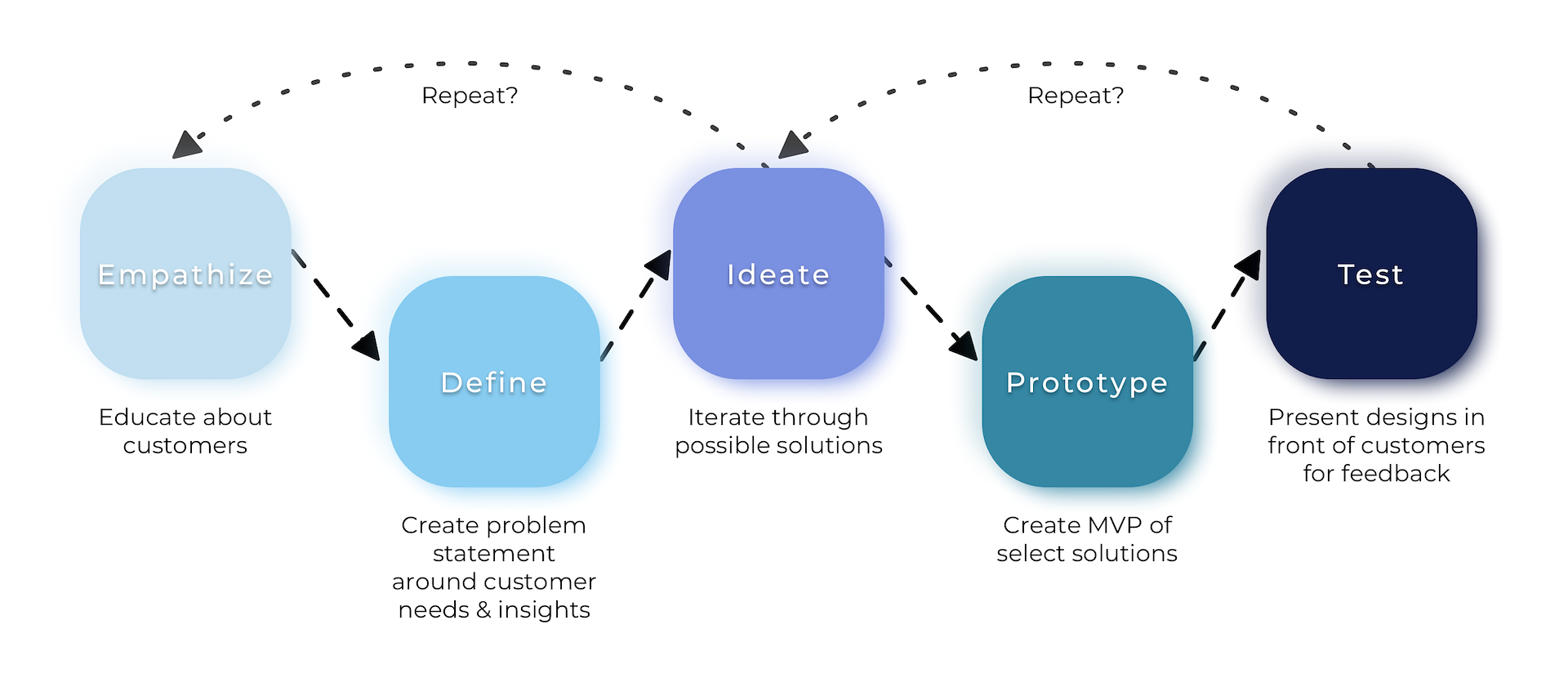
The Problem
Many college students enjoy exercising by participating in an organized sport. This creates a sense of rigidness and long-term commitment that does not fit within a student’s irregular schedule. In addition to this, intramural games do not consider the skill level of all players which makes it difficult for students to enjoy playing with similarly skilled people.
Proto-Personas
I started with researching the problem area through a literature search, narrowing the focus, and then narrowing the target users. Through the use of proto-personas, I highlighted key needs of my users that my solution should aim for.

Thomas
- - Doesn’t have much time but likes basketball and soccer.
- - Has tried intramural teams but can’t commit.
- - Enjoys meeting new people.

Jordan
- - Used to play sports in high school.
- - Considered to be good at certain sports but often finds trouble finding others like her.
- - Has a hard time finding others to play with.
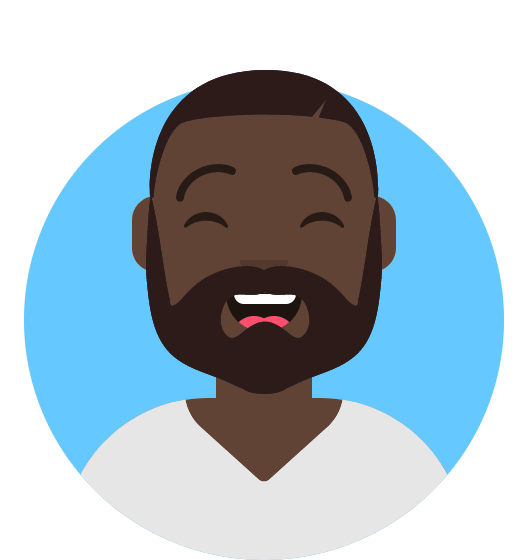
Sam
- - Has trouble sticking to an exercise regimen. But sometimes plays sports when invited.
- - Tried intramural teams but is turned away from them because of the upfront costs & commitments.
Initial Sketching
Based on the original problem statement, I sketched out different solutions that would help students exercise better & easier.
Using these sketches, I sat down with users to gather feedback on these solutions.
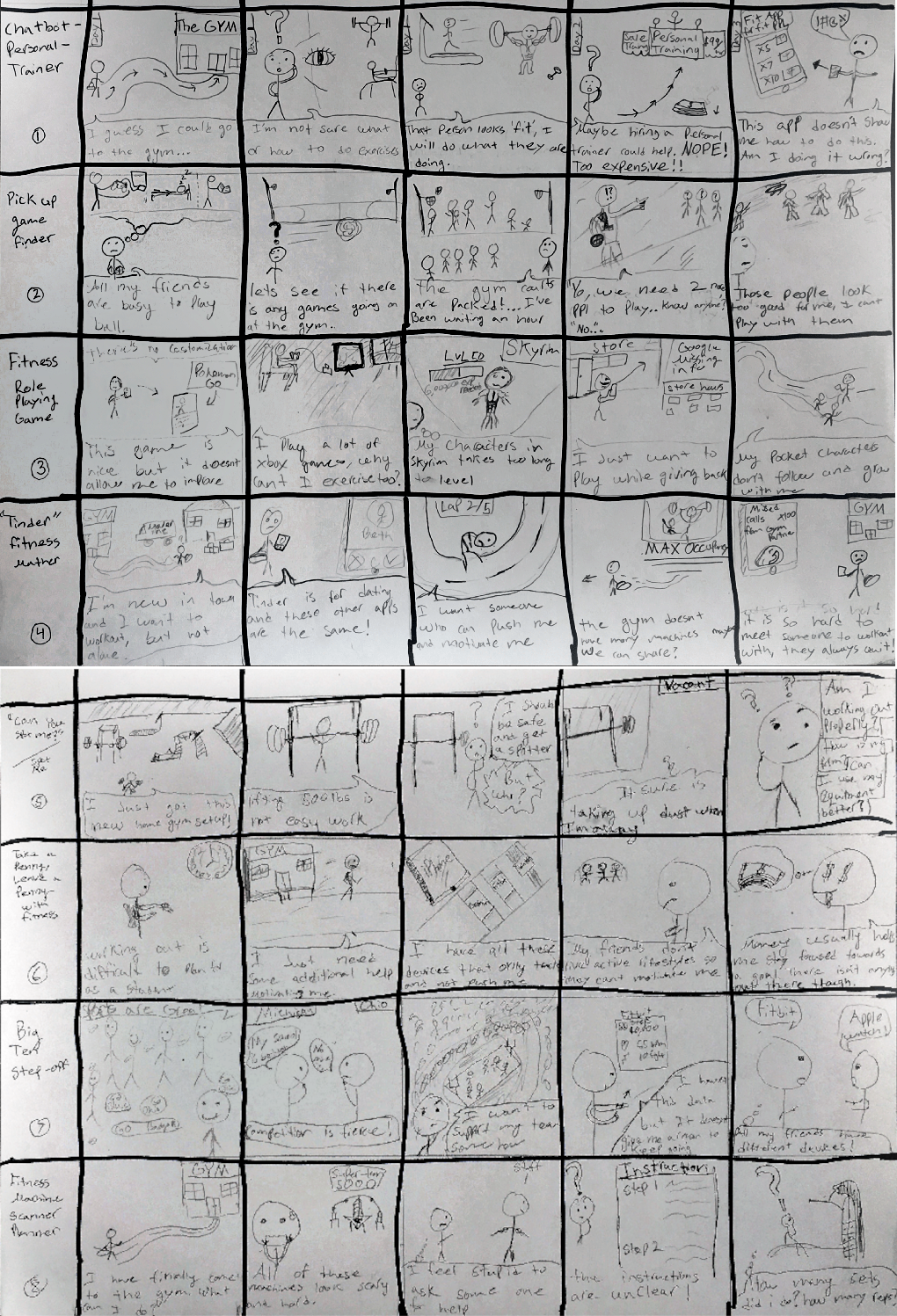
Pivot and Iterate Sketches
After speaking with peers, I had learned that my focus was too broad for a single solution.
I pivoted to focus on helping students find new opportunities to exercise, rather improve their current exercise regimen.
I converged to focus on a solution around finding pick up games.
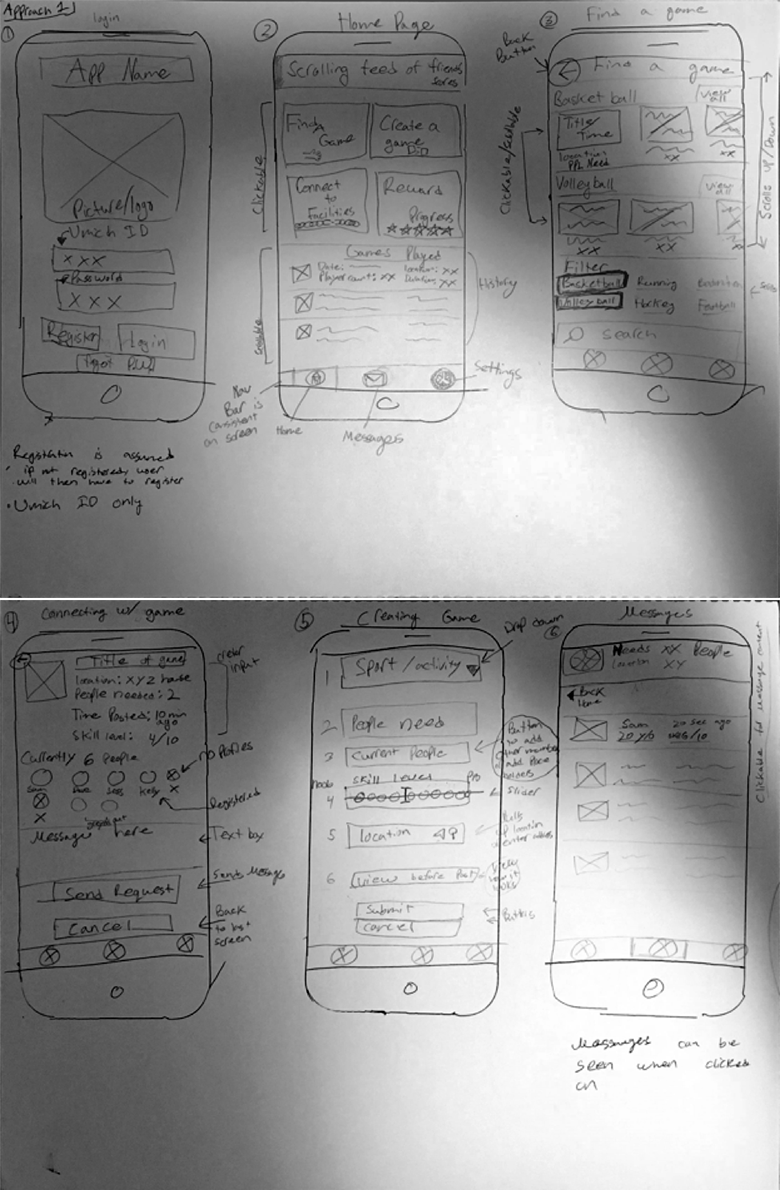
Paper Prototype
The result of the previous paper sketches and interviews with my users led me to create a paper prototype and run another round of user testing.
I used this paper prototype to test it with 5 new users.
Primary functionality
Quick-Up was designed with one primary thing in mind–help the students find and play a games faster.
The main functionality of the application is the ability to either join an existing pick-up game or create a new one.
Some filters for a search algorithm are to filter by distance, time created, player limit, and type of game.
High Fidelity Screens
Using Sketch & InVision I was able to create a high fidelity click-through prototype.

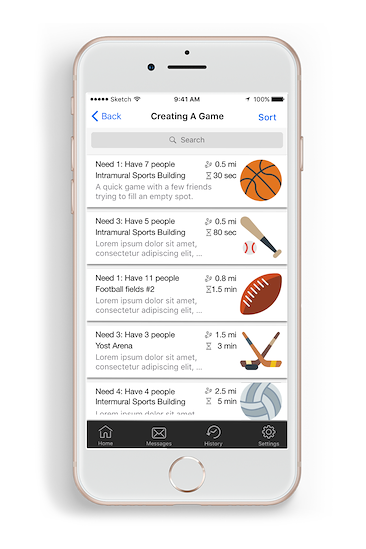


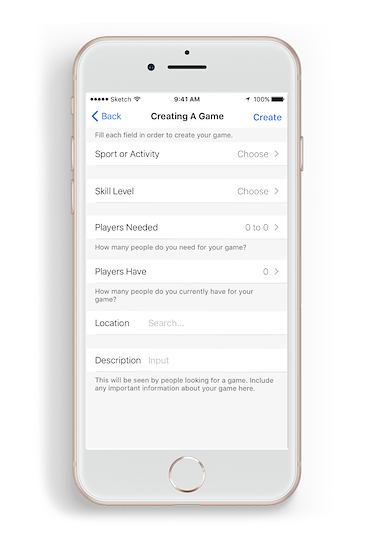
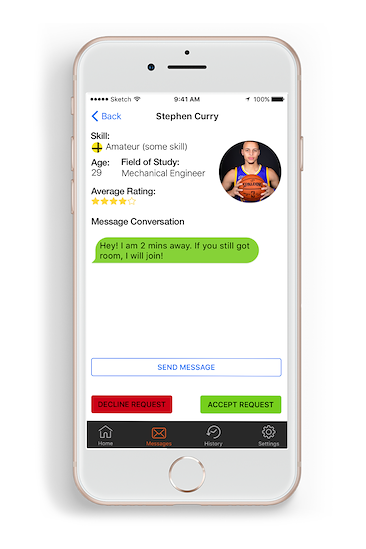
Big Design Findings
Here are the top 3 findings from going through my process that I want to highlight.
Finding #1: Social Aspects
The biggest change I made was incorporating a more informative social profile into my solution. At the beginning of my process, I had brushed the idea of social profiles because I was creating an application for people to play sports, not to date.
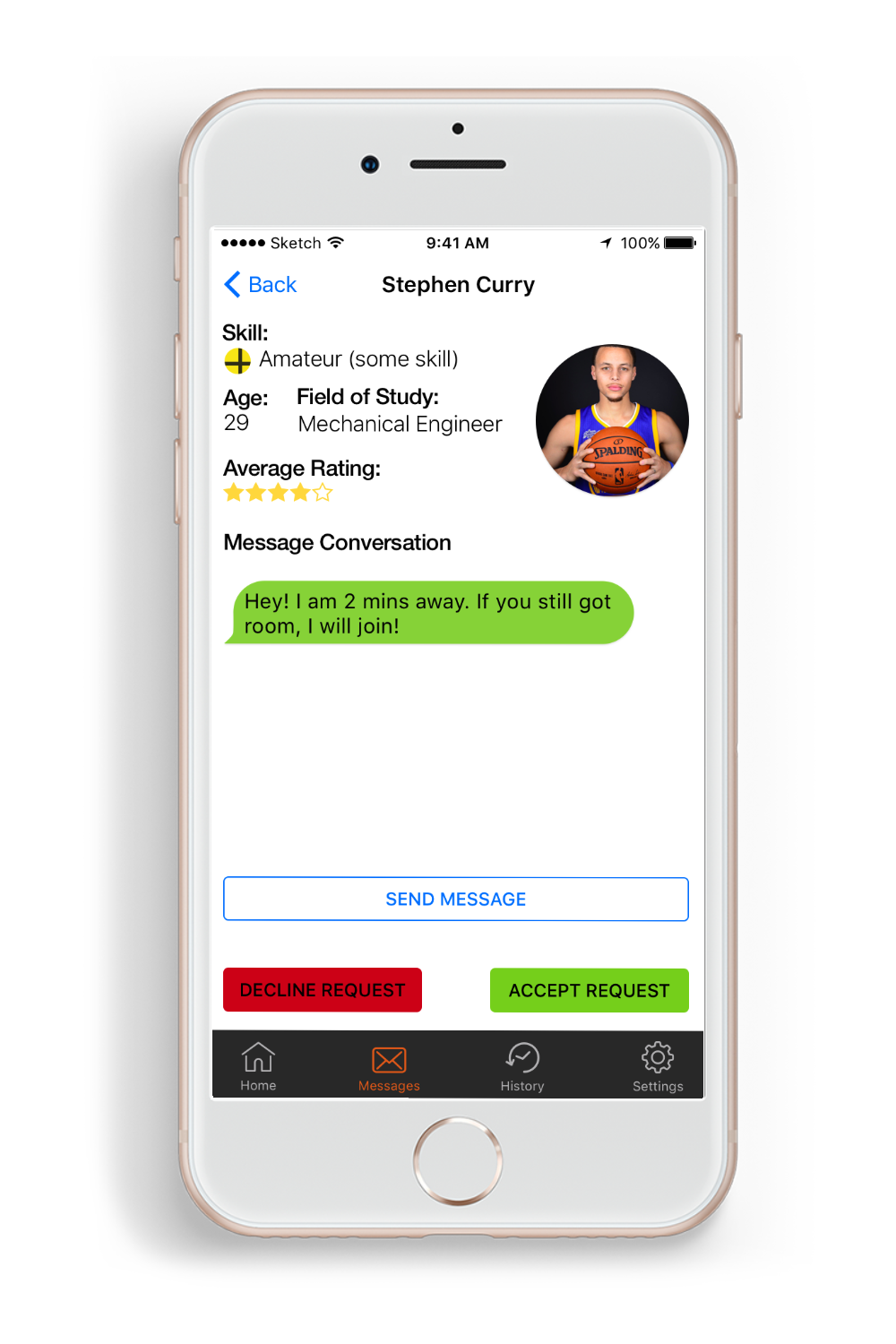
Finding #2: Skill Level
Another major finding was the idea of implementing aligning to skill and custom play preferences. When discussing with users, they mentioned that they refrain from playing sports because didn’t know who they can play with because of their skill level or being afraid to start because they’re “not that good”.
I also played around with color accessibility here by adding patterns to differentiate skill levels with more than just by color.
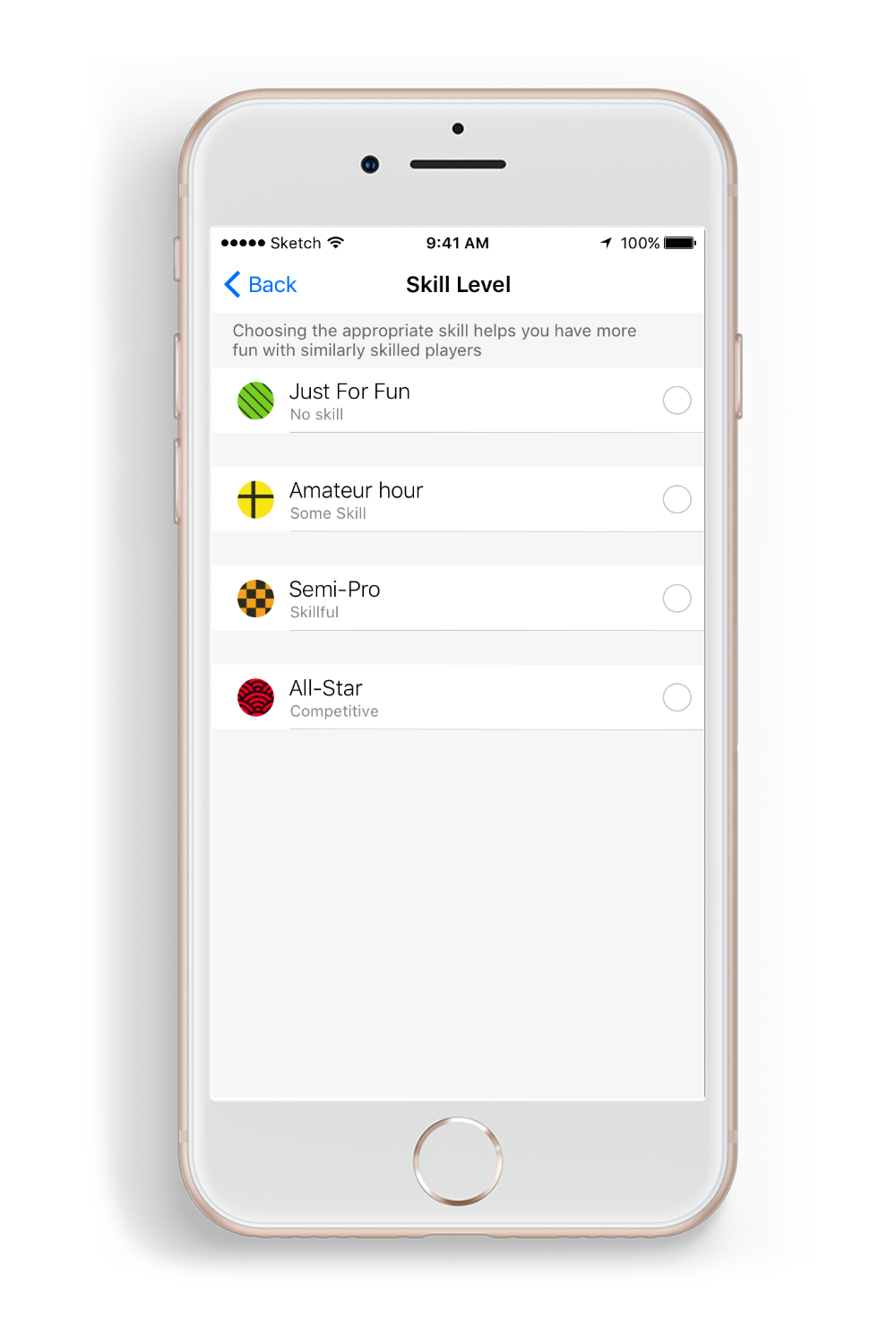
Finding #3: Monetization
An area that had major deviations from the original idea was adding monetary incentives for people to exercise.
An early design I briefly tested was to partner up with local business to provide coupons & other incentives that promoted continued engagement.
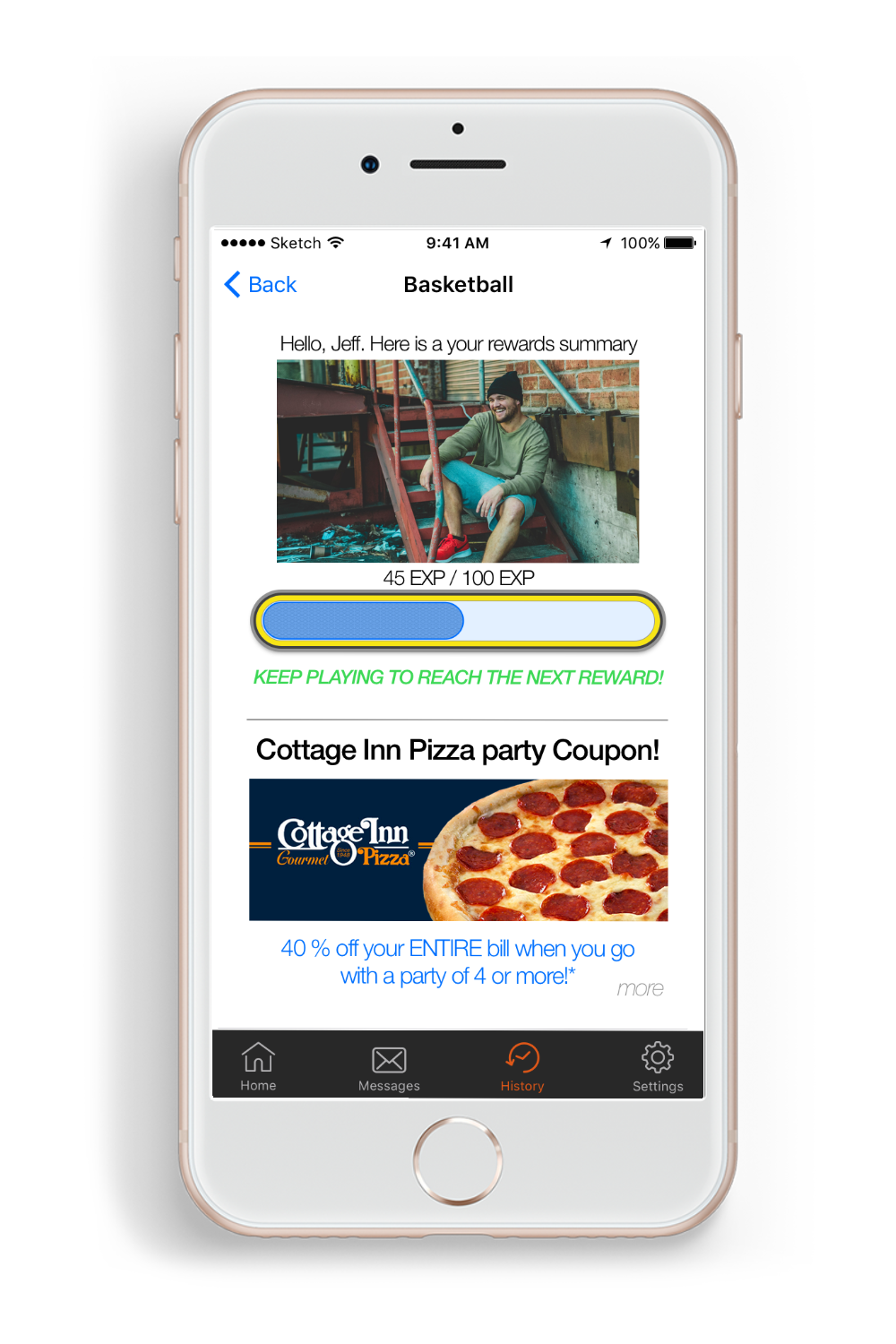
Reflections
Biggest Difficulty
Overall, the biggest problem I faced was early on in my process. My problem statement was too broad. Therefore, I had to take a step back and focus on a
narrower problem statement.
My Role as a Designer
The three areas of my design philosophy that I kept up within my design process were, focus on user needs, avoid user’s frustrations, and eliminate personal biases. At the end of the day, I’m not the user.
Considerations For the Future
Some things that had to be avoided were, creating solutions where users would be socially judged, exercising/playing alone, and getting bored with repetitive tasks.
Social Impact
My goal was to create a solution that got students to exercise to lower their risk of cardiovascular disease. I realized that after testing my final prototype, there is an additional impact. That exercise could be fun and easy. With further development of this project, I would focus on testing the current features with more users.